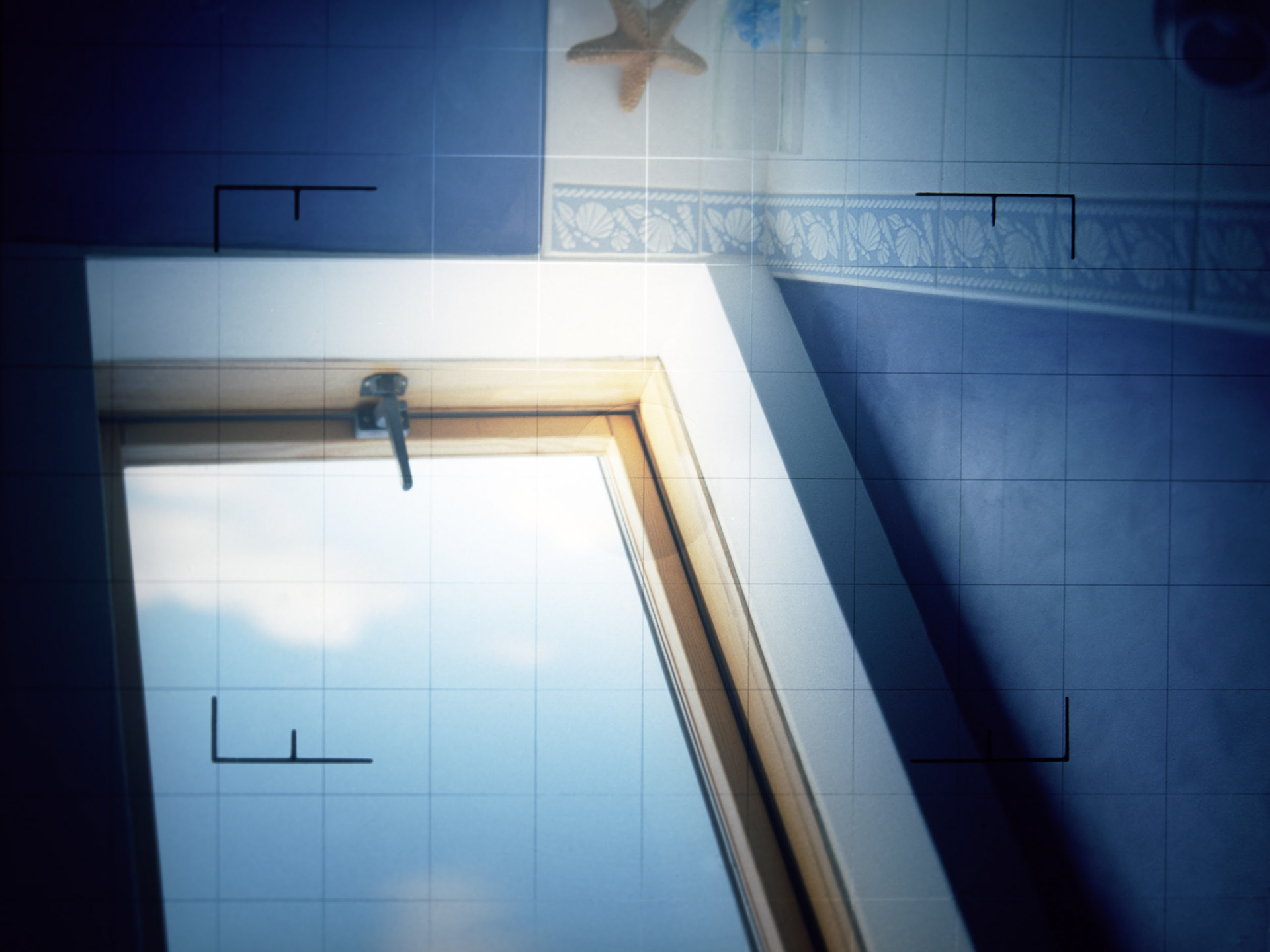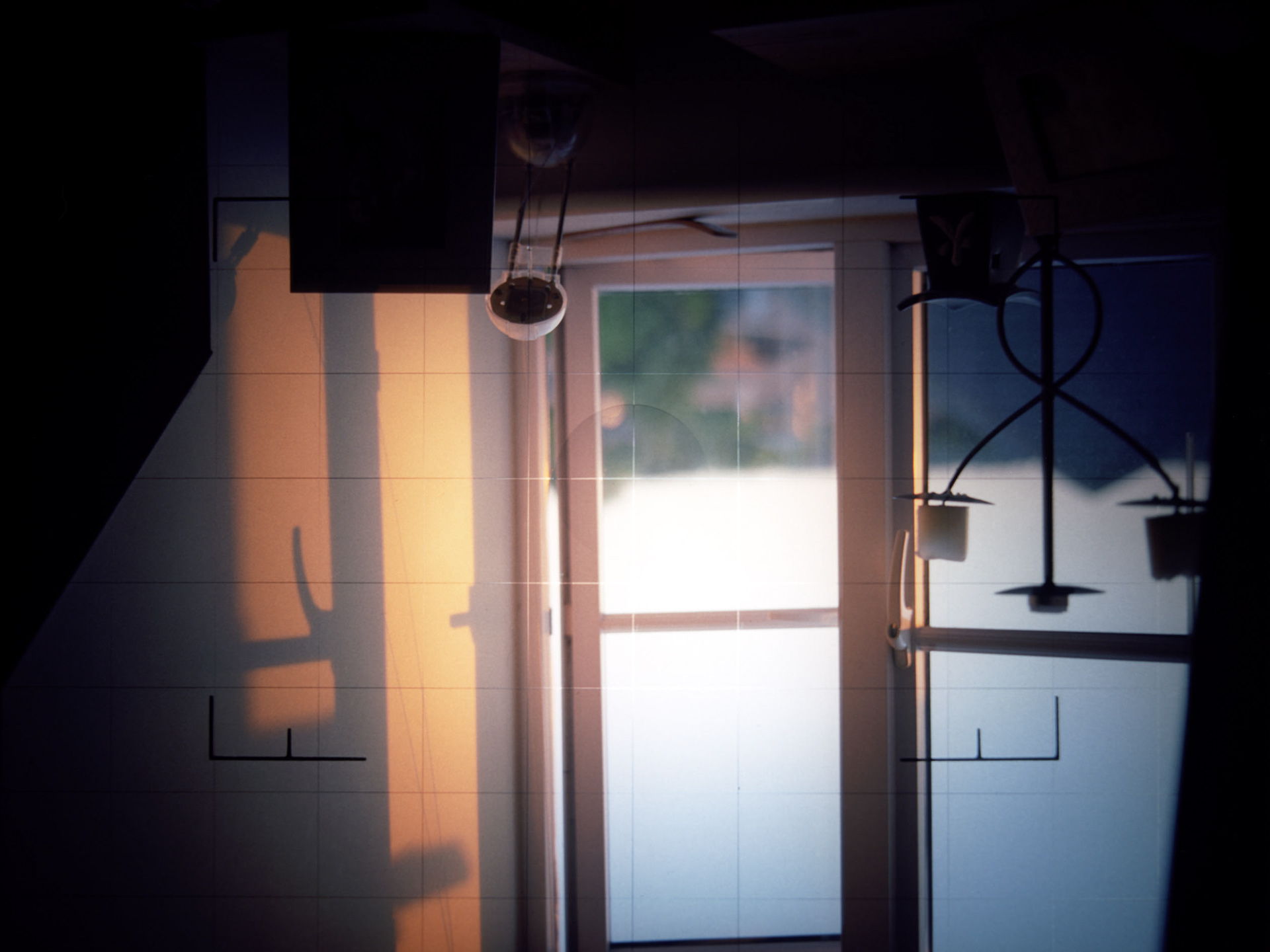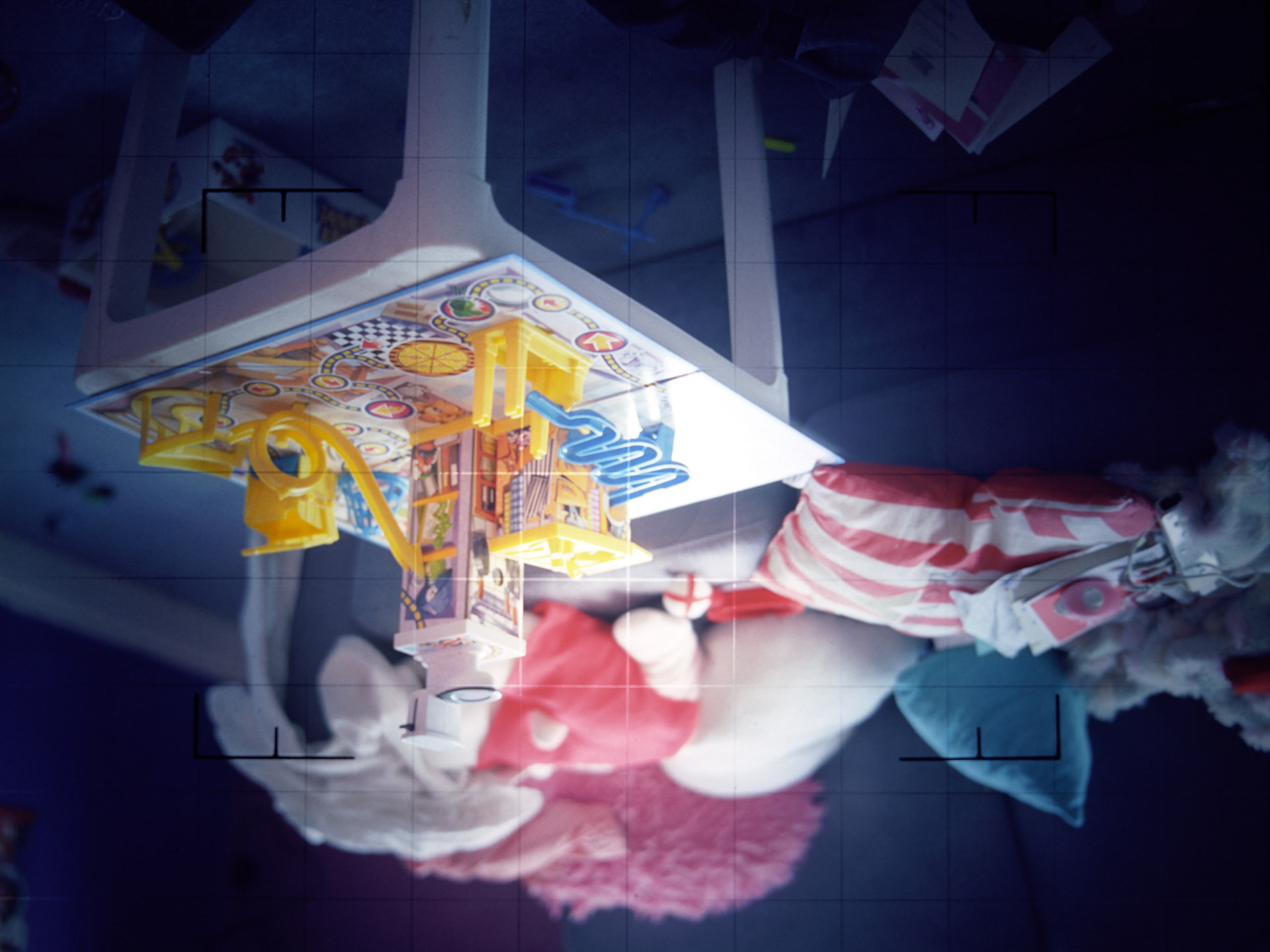






“I’ll tell you all my ideas about Looking Glass House” “Then she began looking about, and noticed that what could be seen from the old room was quite common and uninteresting, but that all the rest was as different as possible” Through The Looking Glass, Lewis Carroll The Looking Glass, a reflection of our world, of our domestic environment and the objects within? To reflect upon this environment is to reflect upon ourselves and the influences that create it and the objects within it. It is not as simple to capture an image of mundane, banal everyday scenes and objects, to allow us to reflect. There was need to add a further dimension, one that would enable the viewer a further separation from the immediate photographic scene. Allowing a different perspective, one that may aid connection and time to reflect. Taking time to consider these scenes and objects in isolation, they can start to reveal a more complex layer to our lives. By their very existence and use we are acknowledging our inclusion within the modern capitalist consumerist society and all of the connotations and associations that this entails. Making the familiar object unfamiliar, to allow this familiarity to be questioned and allow us to reflect upon our domesticity, and the reiteration of it in modern society, is one goal of the images. Also combining with a silence and reflection on how modernity and the consumerist culture are intertwined. In the nineteenth century, taking luminous energy and producing a fixed and stable image was the goal of the early photographers, taking rays of light from objects and scenes passing them through a lens and onto a surface opposite, the lens gave an inverted image of the scene; as W. H. Fox Talbot describe “the art of photogenic drawing”. This is still fundamental today, and the images in this piece reflect this. Taking surfaces of 5 x 4 inch ground glass, photographing this using film of negative size 6 x 7 cm and then digitising the negative image. This has been the process for this work, a passage through time and to a degree reflecting the changing methods of capturing luminous energy.






